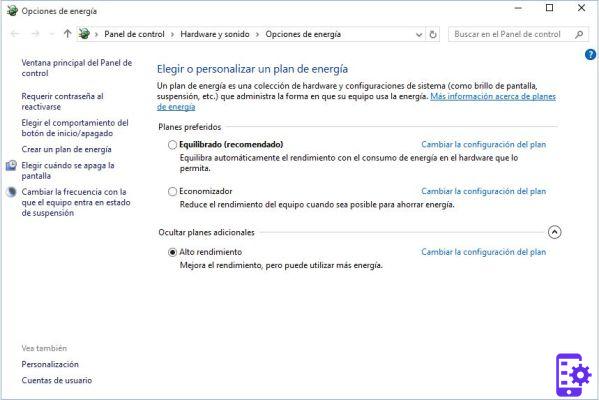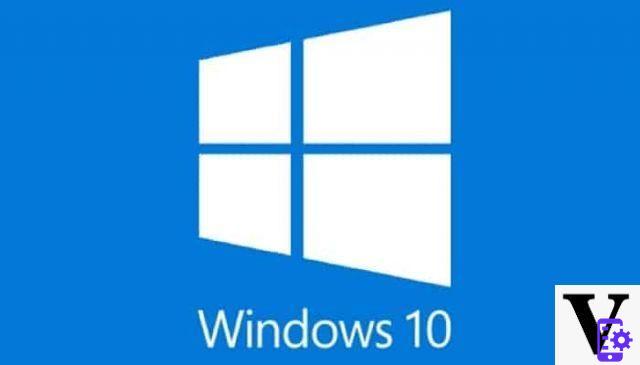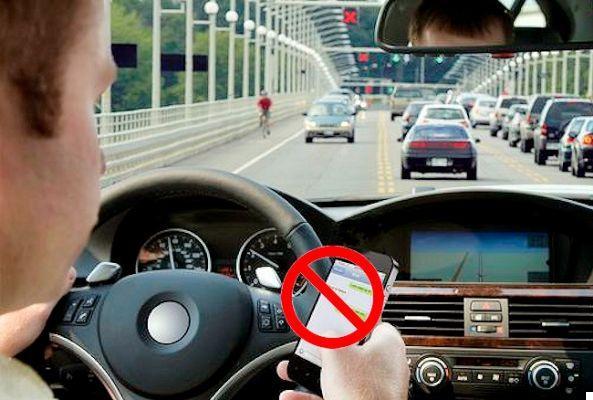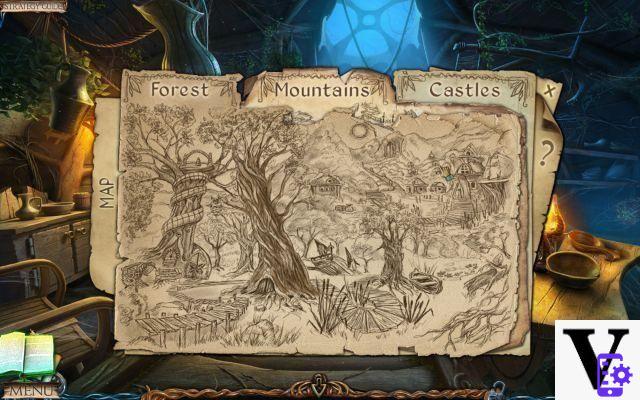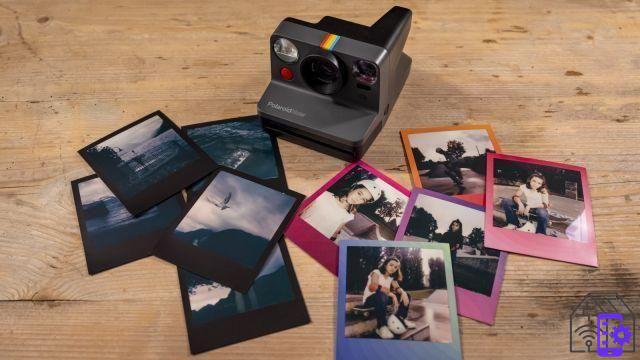On hot summer nights we raise our eyes to look at the sky, hoping to see some shooting stars on the night of August XNUMXth, that of San Lorenzo. A splendid sight. But to fully enjoy it you need to choose the right place, take your time. And maybe even find out what these "stars" that cross the sky are, where they come from and above all when they pass. In short, a vademecum to watch the "weeping of stars" that flood the summer sky.
Like watching the shooting stars on the night of San Lorenzo
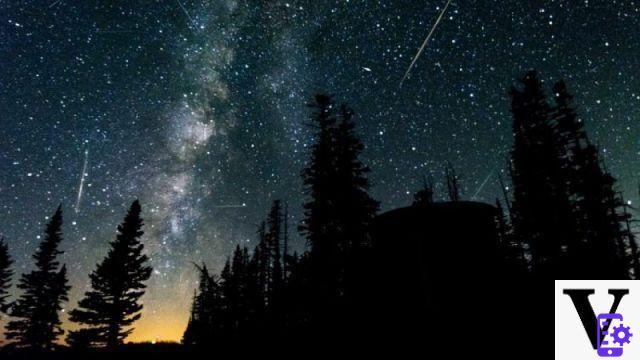
Celestial bodies that burn fast while cross the sky at about 60 km / s: it is not surprising that this astronomical phenomenon has evocative and romantic names such as "shooting stars"And"tears of San Lorenzo". But it is not a question of stars at all: they are one meteor shower. Real space debris left in our atmosphere by the passage of the comet 109P / Swift-Tuttle. Discovered in 1962 by Lewis Swift and Horace Tuttle, this comet is a celestial body made of ice-covered rocks that orbits our Sun. To make a complete orbit, comet 109P / Swift-Tuttle takes 133 years and the last time he did that was in 1992.
Approaching the sun, the comet loses debris: the meteorites precisely, crumbs of meteors. Every year the Earth, in its revolution around the Sun, passes through these meteorites which then enter our atmosphere traveling at a very high speed. The friction of gas molecules of our atmosphere heats this debris enormously. Those of San Lorenzo become real fireball, the "fireballs" which are even brighter than other meteorites. More than the Saint's tears, they seem like the burning embers of his martyrdom, if you want to force this religious connection (which depends only on the program Catholic).
The real name of these meteorites is Perseids, because they seem to come from constellation of Perseus. But the stars that form Perseus have nothing to do with meteorites, it's just one way to locate them in the sky. The constellation is just below Cassiopeia, from the classic "W" shape.
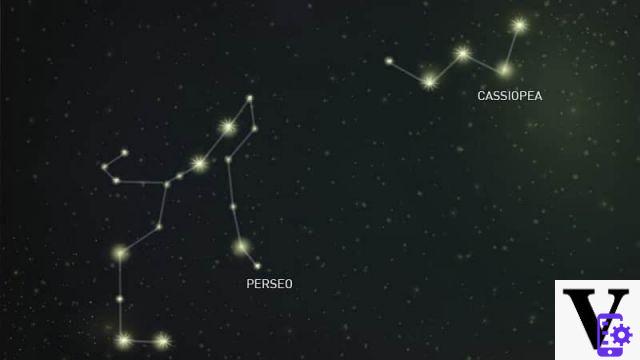
When to see the Perseids, the "shooting stars" of San Lorenzo
If you still remember Pascoli, you should know that the night of San Lorenzo falls on August 10th. But in reality the temporal duration of the passage in the meteorite "field" lasts much longer. This year you might have already seen the first Perseids burning in the sky from July 14. And it could continue until August 24. But the peak of activity and the best visibility will be in the nights of 11, 12 and 13 August. So slightly after the night of Pascoli's poetry. But from 9 to 11 you will be able to see the Aquarids and the Aquilids, meteorites that depart from the constellations of Aquarius and Aquila. They are not as bright but by combining the two "swarms of stars" you can witness a truly splendid spectacle.
On those nights, up to 50-100 meteorites per hour fall each year. This year, it looks like we will be able to arrive at peak times around the 60. The best time usually are the hours before dawn but you can already observe them from after 22pm. The difference is the light: meteorites fall all day, but our eyes can distinguish them only when the sky above us is totally in the dark. So much so that last year the coincidence with the full moon hindered the view of the Perseids. This year they arrive on the first nights of the waxing moon, so we'll have to have a great view, if the clouds don't get in the way.
These days, the only thing you really need is the patience to hold your nose up (or point the telescope). But there are some steps to take to enjoy the Perseids to the fullest.
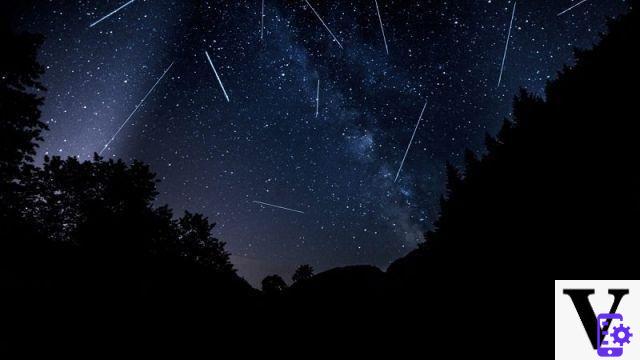
How to look at the Perseids: some useful advice
The first and most important tip to follow for watching shooting stars is: look for a dark sky. Dark means no artificial lights: in the city center you will see practically nothing, in periphery, if you only have a few street lights in front of the house you should be able to notice a few more Perseids. But to really have San Lorenzo cry out loud, you have to go to a really dark place. A house in the countryside, a deserted beach, a refuge in the mountains. Take care not to have any light near you and look for a place with a open field of view (so no forests if you are in the mountains). The visual effect of seeing dozens and dozens of stars every hour is worth the effort to find it.
READ ALSO: The first hotel in space will be ready by 2027
The second tip is: take your time. Not only because it may take a while to find the first stars, especially if there are some clouds in the sky. But also because i it can take up to twenty minutes for your eyes to get used to it the lack of light. If you check your smartphone every two breaths, you may be missing out on many spectacular stars. So get comfortable, perhaps with an inflatable pillow under your head, and watch the meteorites burn in the sky. After seeing the first, you no longer run the risk of falling asleep.
Finally, if you have a binoculars, take it with you. You don't really need to enjoy the Perseids. But while you're under the shooting stars, why not take a look at the real ones? Behind Cassiopeia, which you sought to see the Perseids, you can see the rest of the Milky Way: a sea of pure and brilliant lights. If you have a telescope even better. Turn your "meteor shower" into one evening dedicated to astronomy. You might get hooked.
Discover the best offers of the day on the telegram channel of technologicfansSo arm yourself with patience (and maybe a pair of binoculars) and head to the darkest place in your vicinity. If the weather is mild, you will understand why "the crying of stars" impressed Pascoli so much: it is one of the most beautiful spectacles that nature has to offer.
Bestseller no. 1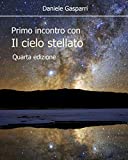 First encounter with the starry sky --- Fourth edition ---
First encounter with the starry sky --- Fourth edition ---
- Gasparri, Daniele (Author)











